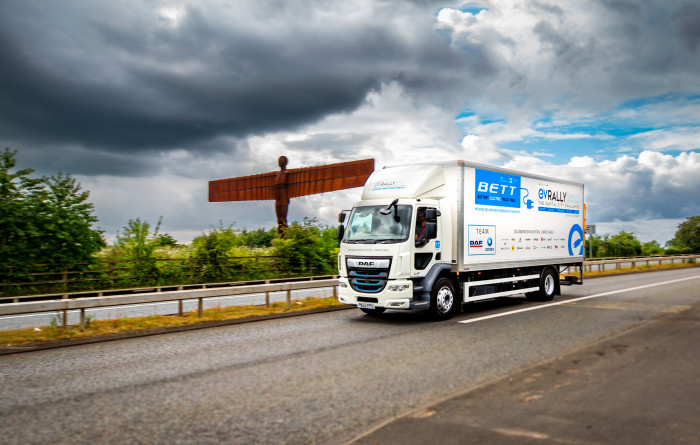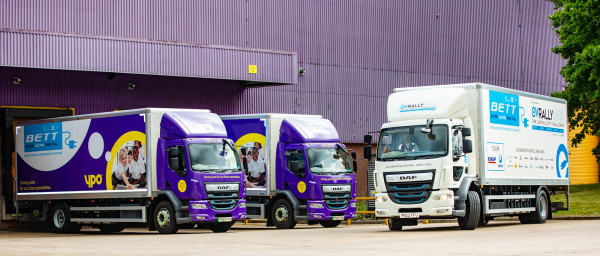
Blackpool Council
- No. of vehicles:
- 1
- Operations:
- General movement of equipment around the town
Supporting the installation of Blackpool’s famous illuminations by transporting lighting and associated structures to their 512 lighting columns for installation and removal. They hope to also use the vehicle for longer journeys supplying illuminations to surrounding areas. Blackpool have declared a climate emergency and expect this vehicle to play a part in reducing their emissions.










